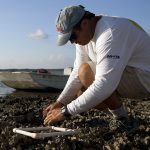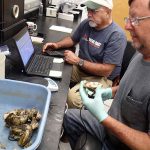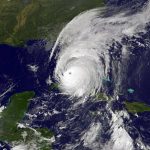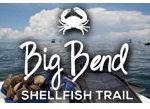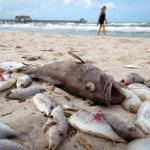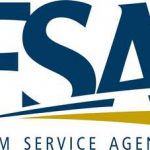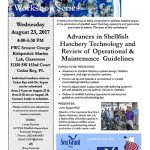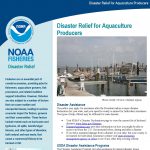
Disaster Relief Resources for Aquaculture Producers
The National Oceanic and Atmospheric Administration (NOAA) has released the fact sheet, Disaster Relief for Aquaculture Producers, which summarizes assistance and resources currently available from various agencies. In addition USDA is hosting several meetings around the state. These meetings have been updated recently and the current link is: https://www.fsa.usda.gov/state-offices/Florida/state-events/index. Please reach out to the listed contact person for any questions or to determine if attending the meeting would be of benefit to you or your farm.



